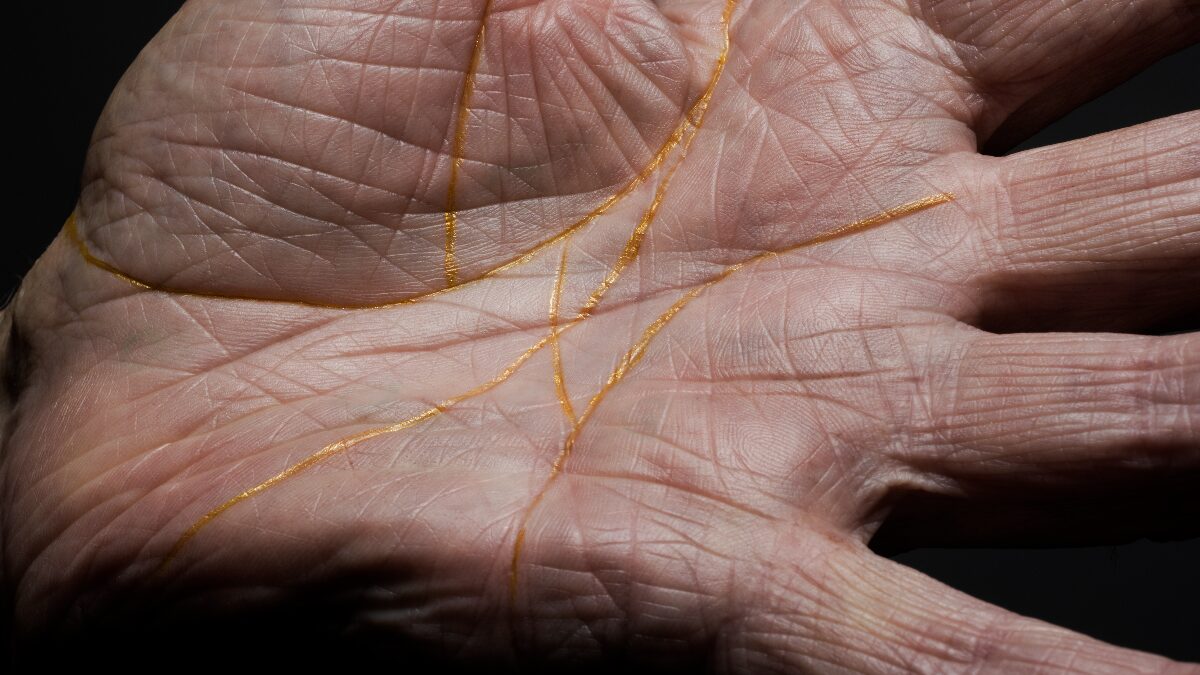Legacy Minerals hits 400m+ of quartz-sulphide veins in first Thomson drilling

The drilling campaign has validated Legacy Minerals’ targeting criteria and geological information of the magnetic data at Thomson. Pic: Getty Images
- Legacy Minerals intercepts wide zones of quartz-sulphide mineralisation at Thomson from 88 and 84m to end of hole (600m and 460m) respectively
- Drilling was carried out across the large Cut-B and F4 target areas
- The company believes the project is a district-scale opportunity
Special Report: Legacy Minerals has wrapped up its first drilling campaign at the Thomson project in far northwest NSW, intersecting wide zones of quartz-sulphide mineralisation across the F4 and Cut-B target areas.
These targets were delineated by well-defined, coincident anomalies in magnetic and gravity data, suggesting the presence of intrusion-related gold-copper style mineralisation.
Anomalies F4 and Cut-B signify the first of more than a dozen large, discrete geophysical targets that warrant testing.
F4 is a previously untested geophysical anomaly while Cut-B returned promising results in historical drilling.
Diamond drilling at Cut-B in 2011 encountered 300m of alteration plus elevated gold-copper anomalism with results including 1m at 6.73g/t gold from 370m and 1m at 497g/t silver and 0.13% niobium from 392m.
The program reached the top of basement at 84.2m in hole CBDD004 and 88.8m in hole F4DD001.
Legacy Minerals (ASX:LGM) said the latest drilling campaign outlined new mineralisation across the target areas that may correspond to the geophysical signature of significant gold-copper deposits.
Breakthrough discovery potential
Thomson shares characteristics with major intrusion-related gold-copper districts such as the Paterson Province in WA, which hosts major deposits including Rio Tinto’s Winu (2.8Mt copper, 8Moz gold, 51Moz silver) and Greatland Gold’s Havieron (7Moz gold, 0.3Mt copper).
LGM’s 5,500km2 project is near the southern margin of the Thomson Orogen near the interpreted contact with the Lachlan Fold Belt and the Delamerian Orogen.
Legacy Minerals’ review of historical logging and limited assay data concluded that the potential for IRG and IRG-Cu deposits had been largely overlooked, presenting a strong discovery opportunity.
‘First mover advantage’
LGM CEO and managing director Christopher Byrne said the company is pleased to have achieved its objectives with the latest drilling.
“At the Thomson project, we benefit from a district-scale, first-mover advantage, exploring a new frontier for mineral discovery,” he said.
“Diamond drill core observations from both targets indicate that the magnetic anomalies are caused by an increased abundance of magnetic sulphide mineralisation (pyrrhotite) associated with quartz veining.
“Pyrrhotite is commonly associated with gold mineralisation in intrusion-related gold and copper systems, including at the nearby and historically drill-tested Cut-A Anomaly,” he added.
“These observations validate the team’s targeting criteria and geological interpretation of the magnetic data, further enhancing the prospectivity of multiple untested targets.”
What’s happening next?
LGM is now awaiting the assay results, which are expected within six weeks.
Funding and government approvals are already in place to drill follow-up holes at both the Cut-B and F4 targets, with additional approvals underway to test further high-priority anomalies across the project area.
This article was developed in collaboration with Legacy Minerals, a Stockhead advertiser at the time of publishing.
This article does not constitute financial product advice. You should consider obtaining independent advice before making any financial decisions.
Related Topics

UNLOCK INSIGHTS
Discover the untold stories of emerging ASX stocks.
Daily news and expert analysis, it's free to subscribe.
By proceeding, you confirm you understand that we handle personal information in accordance with our Privacy Policy.








